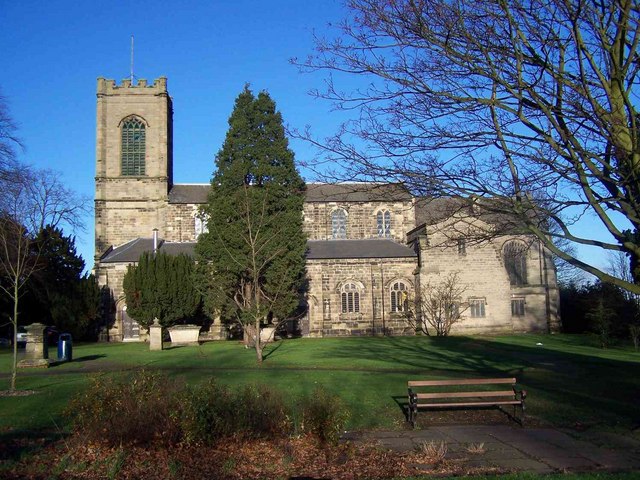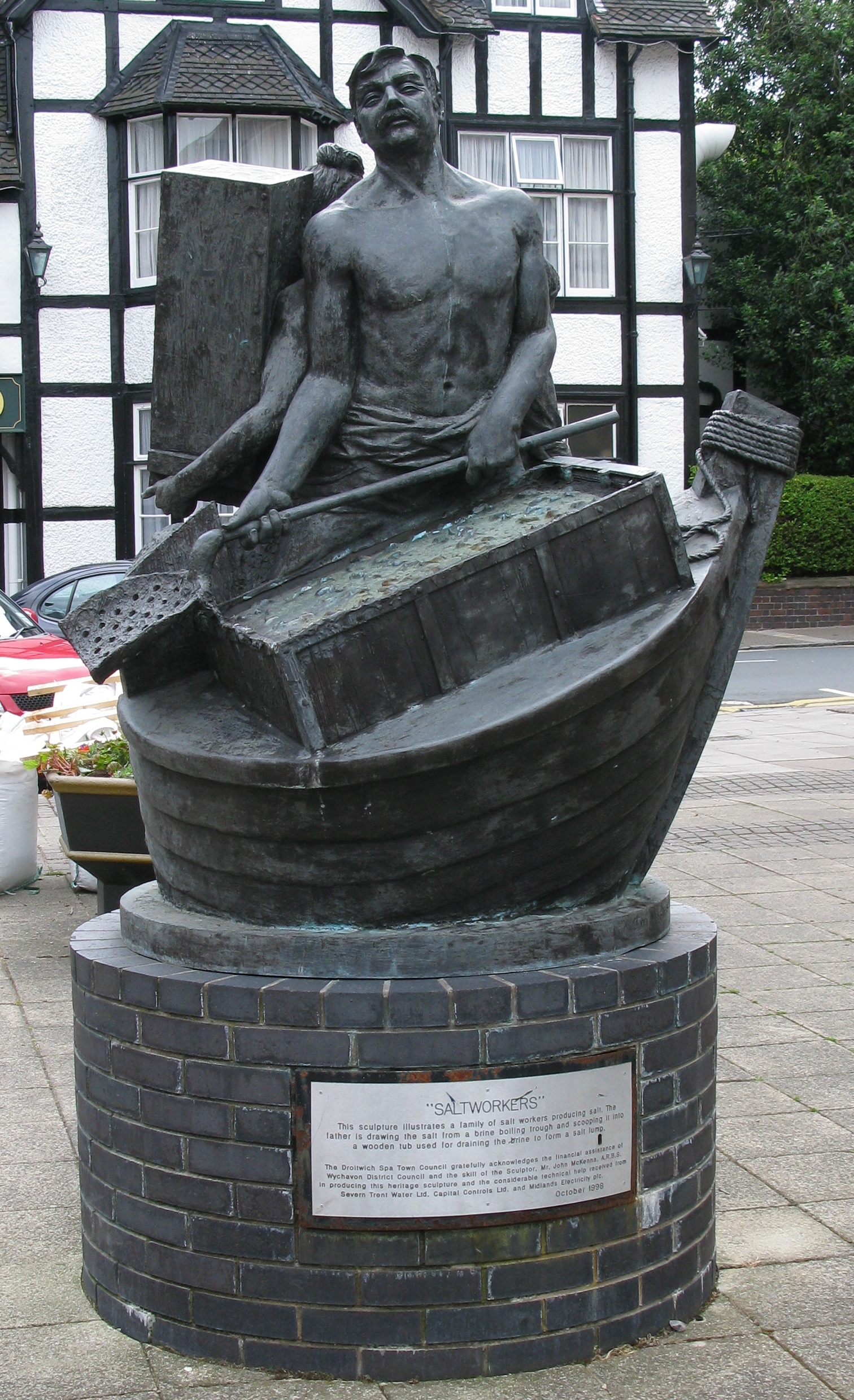|
Mercian Volunteers
The Mercian Volunteers was a Territorial Army infantry regiment of the British Army, in existence from 1967 to 1988. Upon formation, it consisted of a singular battalion, however it later raised a second in 1975. Formation The regiment was formed on 1 April 1967, as the successor to Territorial Army infantry battalions of the Mercian Brigade that had been reduced under the 1966 Defence White Paper and formation of the TAVR. Its initial structure was: *HQ Company (Staffordshire), at Walsall(from 5th Battalion, South Staffordshire Regiment) *A Company (Cheshire), at Stockport Armoury, Stockport(from 4th Battalion, Cheshire Regiment and 7th Battalion, Cheshire Regiment) * B Company (Worcestershire), at The Shrubbery, Kidderminster(from 7th Battalion, Worcestershire Regiment) *C Company (Staffordshire), at Horninglow Street Drill Hall, Burton-on-Trent(from 5th/6th Battalion, North Staffordshire Regiment) *D Company (Sherwood Foresters), at Nottingham(from 5th/8th Battalion, Sherw ... [...More Info...] [...Related Items...] OR: [Wikipedia] [Google] [Baidu] |
Infantry Of The Line
Line infantry was the type of infantry that composed the basis of European land armies from the late 17th century to the mid-19th century. Maurice of Nassau and Gustavus Adolphus are generally regarded as its pioneers, while Henri de la Tour d'Auvergne, Vicomte de Turenne, Turenne and Raimondo Montecuccoli, Montecuccoli are closely associated with the post-1648 development of linear infantry tactics. For both battle and parade drill, it consisted of two to four ranks of foot soldiers drawn up side by side in rigid alignment, and thereby maximizing the effect of their firepower. By extension, the term came to be applied to the regular regiments "of the line" as opposed to light infantry, skirmishers, militia, Combat service support, support personnel, plus some other special categories of infantry not focused on heavy front line combat. Linear tactics and function Line infantry mainly used three formations in its battles: the line, the square and the column. With the massive ... [...More Info...] [...Related Items...] OR: [Wikipedia] [Google] [Baidu] |
Burton-on-Trent
Burton upon Trent, also known as Burton-on-Trent or simply Burton, is a market town in the borough of East Staffordshire in the county of Staffordshire, England, close to the border with Derbyshire. In 2011, it had a population of 72,299. The demonym for residents of the town is ''Burtonian''. Burton is located south-west of Derby, north-west of Leicester, west-south-west of Nottingham and south of the southern entrance to the Peak District National Park. Burton is known for its brewing. The town grew up around Burton Abbey. Burton Bridge was also the site of two battles, in 1322, when Edward II defeated the rebel Earl of Lancaster and in 1643 when royalists captured the town during the First English Civil War. William Lord Paget and his descendants were responsible for extending the manor house within the abbey grounds and facilitating the extension of the River Trent Navigation to Burton. Burton grew into a busy market town by the early modern period. The town is ser ... [...More Info...] [...Related Items...] OR: [Wikipedia] [Google] [Baidu] |
4th (Volunteer) Battalion, Worcestershire And Sherwood Foresters
The 4th (Volunteer) Battalion, The Worcestershire and Sherwood Foresters (4 WFR/896 Sig Tp) was a former territorial infantry battalion that existed for a short time towards the end of the Cold War. Following reductions to the Territorial Army (TA) in 1992, the battalion was disbanded with elements helping to form RHQ & HQ Sqn of 37 Signal Regiment, and 96 (City of Coventry) Signal Squadron. This squadron was then reduced to a signal troop in 2009, but continues to exist as part of 48 (City of Birmingham) Signal Squadron. Formation Between 1986 and 1989 the Territorial Army (TA) was in the midst of a reformation and "generalisation", where territorial regiments were being disbanded and their companies forming new battalions attached to regular regiments. These new battalions would be given roles in support of NATO. One of the regiments that was slated to be disbanded was the Mercian Volunteers which had been formed in 1975, following the disbandment and re-rolling of many o ... [...More Info...] [...Related Items...] OR: [Wikipedia] [Google] [Baidu] |
Staffordshire Regiment
The Staffordshire Regiment (Prince of Wales') (or simply "Staffords" for short) was an infantry regiment of the British Army, part of the Prince of Wales' Division. The regiment was formed in 1959 by the amalgamation of the South Staffordshire Regiment and the North Staffordshire Regiment (Prince of Wales'), and in 2007 was amalgamated with the Cheshire Regiment and the Worcestershire and Sherwood Foresters Regiment to become the 3rd Battalion, Mercian Regiment. In 2014, the 3rd Battalion, Mercian Regiment was merged with the 1st and 2nd battalions, to create the 1st and 2nd battalions, Mercian Regiment (Cheshires, Worcesters and Sherwood Foresters, and Staffords). The mascot of the Staffordshire Regiment was a Staffordshire Bull Terrier; each successive mascot took the name Watchman. The current serving mascot is known as Private Watchman VI and he carries out his duties as part of the Staffordshire Regimental Association. History Formation The regiment was formed on 31 Janua ... [...More Info...] [...Related Items...] OR: [Wikipedia] [Google] [Baidu] |
3rd (Volunteer) Battalion, Staffordshire Regiment
The 3rd (Volunteer) Battalion, Staffordshire Regiment (Prince of Wales's) (3 STAFFORDS) was a Territorial Army (UK), Territorial Army unit of the regular Staffordshire Regiment (Prince of Wales') which was formed in 1988, but disbanded in 1999. The battalion's successor continues to serve in the Mercian Regiment to this day. Formation Between 1986 and 1989 the Territorial Army (TA) was in the midst of a reformation and "generalisation", where territorial regiments were being disbanded and their companies forming new battalions attached to regular regiments. These new battalions would be given roles in support of NATO. One of the regiments that was slated to be disbanded was the Mercian Volunteers which had been formed in 1975, following the disbandment and re-rolling of many of the cadre units following the 1966 Defence White Paper.T. F. Mills & Drenth Wienand, 4th Battalion, The Worcestershire and Sherwood Foresters Regiment'on 18 November 2007 from the Original. Retrieved 2 ... [...More Info...] [...Related Items...] OR: [Wikipedia] [Google] [Baidu] |
Cold War
The Cold War is a term commonly used to refer to a period of geopolitical tension between the United States and the Soviet Union and their respective allies, the Western Bloc and the Eastern Bloc. The term '' cold war'' is used because there was no large-scale fighting directly between the two superpowers, but they each supported major regional conflicts known as proxy wars. The conflict was based around the ideological and geopolitical struggle for global influence by these two superpowers, following their temporary alliance and victory against Nazi Germany and Imperial Japan in 1945. Aside from the nuclear arsenal development and conventional military deployment, the struggle for dominance was expressed via indirect means such as psychological warfare, propaganda campaigns, espionage, far-reaching embargoes, rivalry at sports events, and technological competitions such as the Space Race. The Western Bloc was led by the United States as well as a number of other First W ... [...More Info...] [...Related Items...] OR: [Wikipedia] [Google] [Baidu] |
Home Service Force
The Home Service Force was a Home Guard type force established in the United Kingdom in 1982. Each HSF unit was placed with either a Regular Army or Territorial Army regiment or battalion for administrative purposes and given that formation’s title, cap badge and recruited from volunteers aged 18–60 with previous British forces (TA or regular) experience. It was introduced to guard key points and installations likely to be the target of enemy special forces and saboteurs, so releasing other units for mobile defence roles. It was stood down in 1992. History The pilot started in September 1982 and consisted of four companies that were used to relieve the army of guarding key points. The personnel consisted of 18- to 60-year-olds with a training obligation of 4-5 weekends per year. In 1984, there were platoons in 11 cities and the force began expanding to 5,000 persons nationwide, with the goal of establishing a platoon in every Territorial Army company by 1988. It was decide ... [...More Info...] [...Related Items...] OR: [Wikipedia] [Google] [Baidu] |
Rugeley
Rugeley ( ) is a market town and civil parish in the Cannock Chase District in Staffordshire, England. It lies on the north-eastern edge of Cannock Chase next to the River Trent; it is situated north of Lichfield, south-east of Stafford, north-east of Hednesford and south-west of Uttoxeter. At the 2021 Census, the population was 24,386. Rugeley is twinned with Western Springs, Illinois and, in July 1962, the towns made telephone history on national television when the chairman of Rugeley Urban District Council made the first telephone call via the new Telstar satellite to the Mayor of Western Springs. It was also featured in an article about workers' rights and town transformation in the 21st century. History The town, historically known as Rudgeley or Ridgeley, is listed in the Domesday Book of 1086. This name is thought to be derived from 'Ridge lee', or 'the hill over the field'. In the mediaeval period, it thrived on iron workings and was also a site of glass manufac ... [...More Info...] [...Related Items...] OR: [Wikipedia] [Google] [Baidu] |
Worcester, England
Worcester ( ) is a cathedral city in Worcestershire, England, of which it is the county town. It is south-west of Birmingham, north-west of London, north of Gloucester and north-east of Hereford. The population was 103,872 in the 2021 Census. The River Severn flanks the western side of the city centre. It is overlooked by Worcester Cathedral. Worcester is the home of Royal Worcester, Royal Worcester Porcelain, composer Edward Elgar, Lea & Perrins, makers of traditional Worcestershire sauce, the University of Worcester, and ''Berrow's Worcester Journal'', claimed as the world's oldest newspaper. The Battle of Worcester in 1651 was the final battle of the English Civil War, during which Oliver Cromwell's New Model Army defeated Charles II of England, King Charles II's Cavalier, Royalists. History Early history The trade route past Worcester, later part of the Roman roads in Britain, Roman Ryknild Street, dates from Neolithic times. It commanded a ford crossing over the Rive ... [...More Info...] [...Related Items...] OR: [Wikipedia] [Google] [Baidu] |
Sutton-in-Ashfield
Sutton-in-Ashfield is a market town in Nottinghamshire, England, with a population of 48,527 in 2019. It is the largest town in the district of Ashfield, four miles west of Mansfield, two miles from the Derbyshire border and 12 miles north of Nottingham. Geography For demographic purposes Sutton-in-Ashfield is included in the Mansfield Urban Area, although it administratively forms part of the separate council district of Ashfield, which is based in Kirkby-in-Ashfield. To the north is Skegby and Stanton Hill. Landmarks Sutton-in-Ashfield is home to what was the largest sundial in Europe. It is located in the middle of Portland Square, adjacent to the Idlewells Shopping Centre and Sutton Community Academy. The sundial was unveiled on 29 April 1995. The former site of Silverhill Colliery, close to the scenic village of Teversal on the north-west edge of Ashfield, has been transformed from the colliery to a woodland, which features several walks for all abilities and als ... [...More Info...] [...Related Items...] OR: [Wikipedia] [Google] [Baidu] |
Droitwich Spa
Droitwich Spa (often abbreviated to Droitwich ) is an historic spa town in the Wychavon district in northern Worcestershire, England, on the River Salwarpe. It is located approximately south-west of Birmingham and north-east of Worcester, England, Worcester. The town was called Salinae in Roman times, then later called Wyche, derived from the Anglo-Saxon Hwicce kingdom, referred to as "Saltwich" according to Anglo-Saxon charters, with the Droit (meaning "right" in French) added when the town was given its charter on 1 August 1215 by John, King of England, King John. The "Spa" was added in the 19th century when John Corbett developed the town's spa facilities. The River Salwarpe running through Droitwich is likely derived from ''sal'' meaning "salt" and ''weorp'' which means "to throw up" - i.e. "the river which throws up salt" - which overflows from the salt brines. The town is situated on massive deposits of salt, and salt has been extracted there since ancient times. The nat ... [...More Info...] [...Related Items...] OR: [Wikipedia] [Google] [Baidu] |
Wolverhampton
Wolverhampton () is a city, metropolitan borough and administrative centre in the West Midlands, England. The population size has increased by 5.7%, from around 249,500 in 2011 to 263,700 in 2021. People from the city are called "Wulfrunians". Historically part of Staffordshire, the city grew initially as a market town specialising in the wool trade. In the Industrial Revolution, it became a major centre for coal mining, steel production, lock making, and the manufacture of cars and motorcycles. The economy of the city is still based on engineering, including a large aerospace industry, as well as the service sector. Toponym The city is named after Wulfrun, who founded the town in 985, from the Anglo-Saxon ''Wulfrūnehēantūn'' ("Wulfrūn's high or principal enclosure or farm"). Before the Norman Conquest, the area's name appears only as variants of ''Heantune'' or ''Hamtun'', the prefix ''Wulfrun'' or similar appearing in 1070 and thereafter. Alternatively, the city ma ... [...More Info...] [...Related Items...] OR: [Wikipedia] [Google] [Baidu] |



.png)




